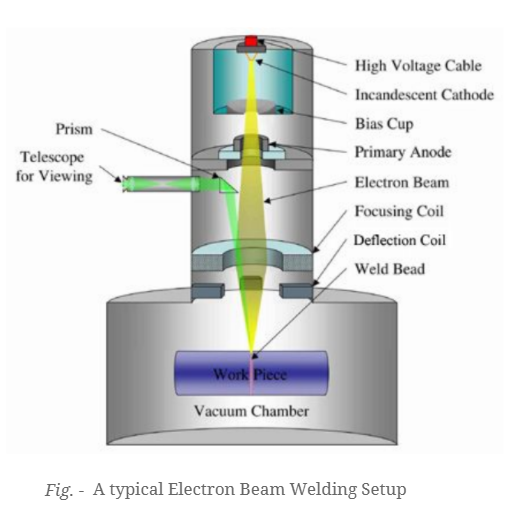SUPER ALLOY
Super alloy is a special kind of alloy having some characteristic properties such as high mechanical strength, resistance to Creep, excellent surface stability, corrosion resistant(usually provided by Chromium and Aluminium). High temperature strength is due to solid state hardening & precipitate hardening. This makes it suitable to use in Aerospace Applications such as making of turbines engines. Examples include Hastelloy, Inconel, Waspaloy, Rene alloys, Incoloy, MP98T, TMS alloys, and CMSX single crystal alloys. Exposure of Super alloys to high temperature:Super alloys is important because of huge demands in various industries and its unique properties in high temperature. Super alloys can be exposed to high temperature,specifically, it can be used at more than 0.7 of the absolute melting temperature and also resistant to creep and oxidation.Generally, Super alloys is based on Iron, Cobalt, Titanium, Nickel and Aluminium. This generated a two phase equilibrium of two phase microstructure consisting of Y and Y’.The Y’ is mainly responsible for elevated temperature strength and creep and oxidation resistance.So, the next question is what are the application of superalloys.Due to its properties Superalloys are extensively used in aerospace Industries, generally for propulsion aircraft engines, in gas turbines, Coal fired power generators, Hybrid nanostructure Aluminium alloy for construction and so on.
ELECTRON BEAM WELDING
Electron Beam Welding (EBW) is a type of fusion welding process. In this, a beam of electrons with very high velocity is made to strike where the two metal pieces are to be welded. The high kinetic energy of the electrons is converted to heat energy upon striking the weld area. This heat is then utilised in melting both the metals which then
fuses together and forms a strong weld. It is usually carried out in vacuum conditions to avoid contamination and dissipation of electron beam.General physics behind this process include acceleration of electron through electric and magnetic field till they reach required velocity. Magnetic lenses are used to focus electron beam.The typical setup for Electron Beam Welding (EBW) comprises of:
●Power Supply : Source of power for continuous supply of electrons
●Electron Gun : It it the cathode tube for generating and accelerating electrons
●Vacuum Chamber : For producing vacuum environment
●Magnetic Lens : For focussing beam of electrons
Fig

ELECTRON BEAM WELDING IN AEROSPACE APPLICATIONS
In aerospace applications, the working chamber for EBW is large with a high voltage electron gun. The work chamber also include CNC controlled high precision work piece manipulators. Aerospace demands high precision, defect free welds. For such high demands, EBW is best suited which provides several benefits such as high density beams of electrons for narrower and deeper penetrations for distortion free weld. Also we can weld a variety of materials such as Titanium, aluminium and high strength alloys which are typically used in Aero-Engines. Usage of EBW includes in:Front Bearing Housing Compressor Rotor This is a complex and important This is a rotating component made by EBW assembly using linear & circum- achieving savings in weight, material & machining ferential welds costs.
Aero-Engine Applications : Now this is the domain, where EBW is used extensively. This is because other methods of welding are difficult to use (as they require special properties such as deeper welds). Initial aero-engine application of EBW was to use it for welding group of stator blades together wherein each blade is being made from a range of steel or nickel base alloys which have heat and/or corrosion resistant nature.Also we have varying sections of blade which have close dimensional tolerances which put a limit to the use of other welding techniques. EBW is very successful in this type of
application where we have a varying cross-section thickness of the section and still we can use the same weld parameters throughout the weld.

